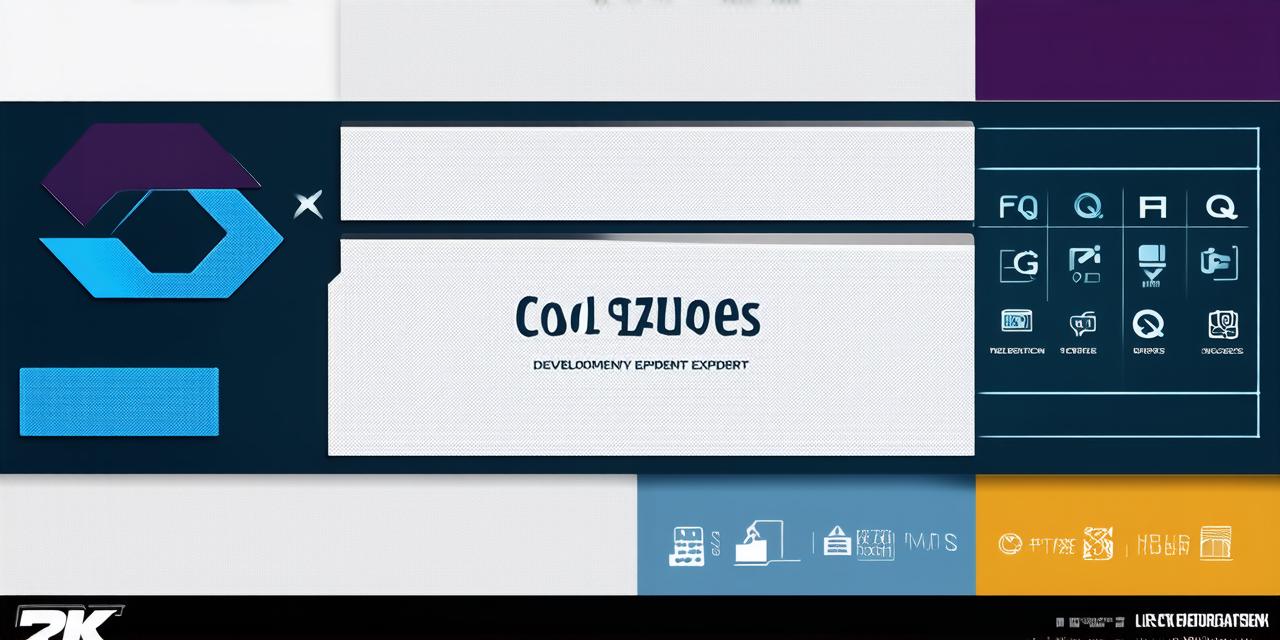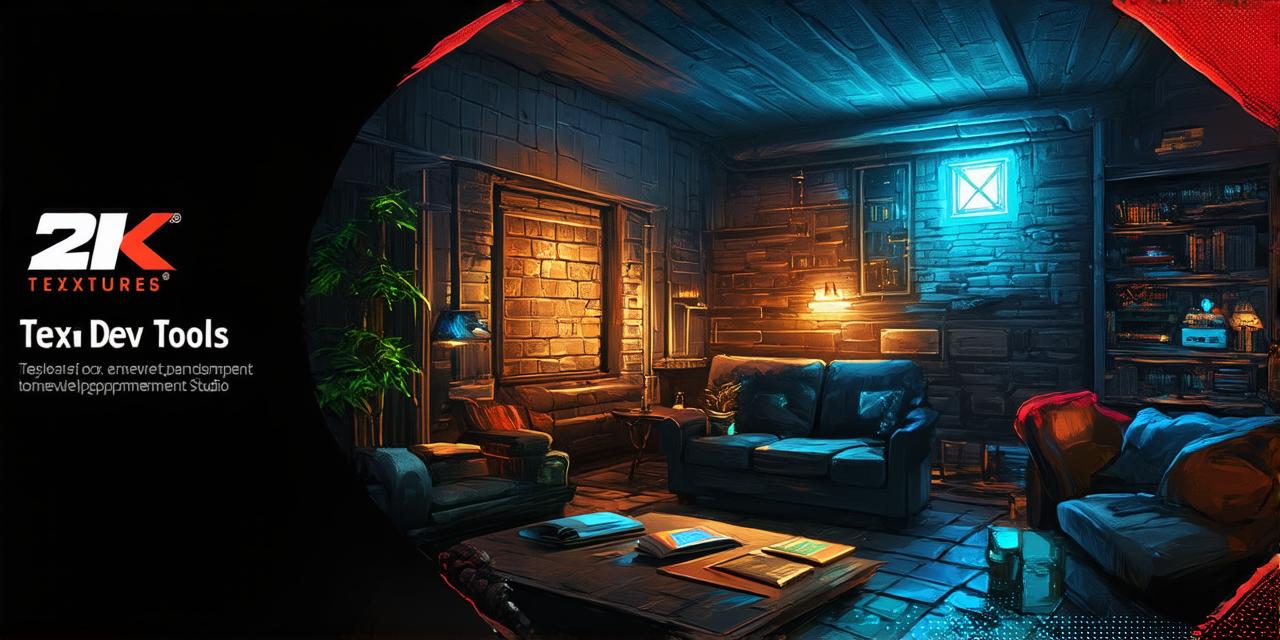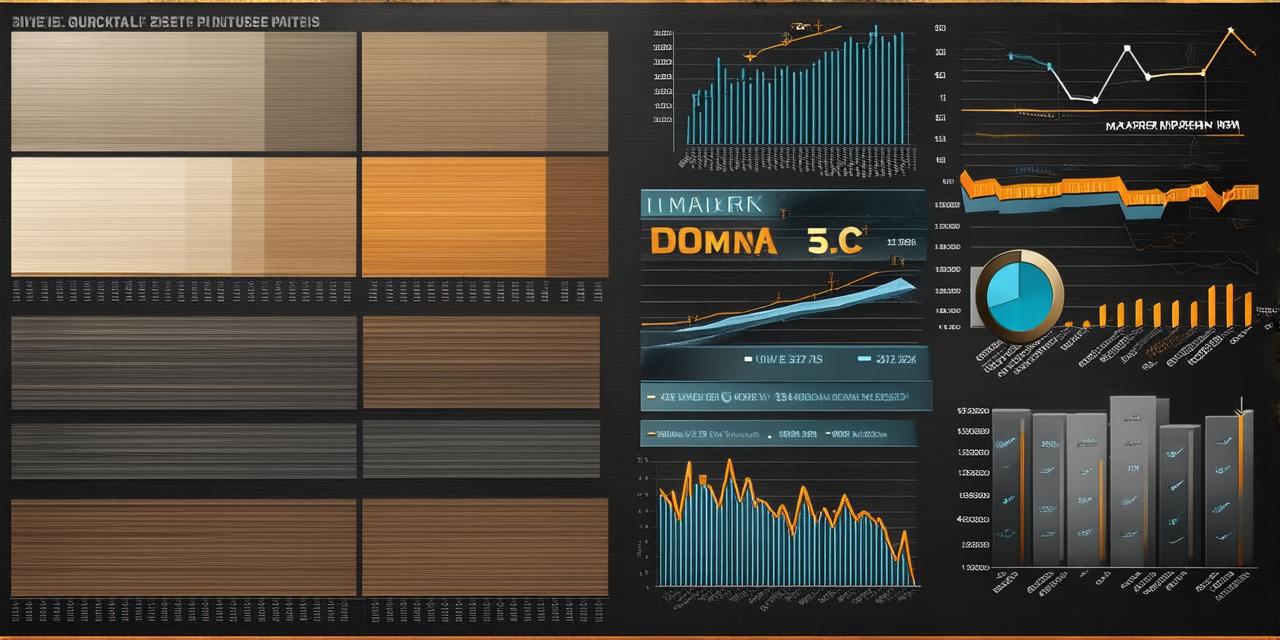Conceptualization: Bringing Your Vision to Life
Game development is a complex process that involves various tasks and stages. In this guide, we will explore the most important tasks involved in game development, including conceptualization, design, programming, testing, and publishing. We will also provide expert opinions and real-life examples to illustrate these points.

Understanding Your Target Audience
The first step in game development is understanding your target audience. What are their preferences, interests, and pain points? By answering these questions, you can create a game that resonates with your audience and provides them with a unique experience. For example, if your target audience is children aged 6-12, you may want to focus on creating an educational or fun game that teaches them new skills.
Defining the Game Concept
Once you have a clear understanding of your target audience, the next step is defining the game concept. This includes deciding on the game genre, setting, characters, and mechanics. The game concept should be compelling and engaging to keep players interested throughout the game. For example, if your game is a puzzle game, the concept should challenge players and provide them with new puzzles to solve as they progress through the game.
Creating a Game Design Document
A game design document (GDD) is a detailed plan that outlines the game’s concept, mechanics, levels, characters, and other important elements. It also includes a timeline for development, budget, and team roles. The GDD serves as a blueprint for the entire game development process and helps keep everyone on the same page. For example, if you are working with a team of developers, designers, and artists, the GDD can help ensure that everyone is working towards the same goals.
Design: Crafting an Engaging Experience
Level Design
Level design involves creating the game’s environments, including the layout, obstacles, and challenges. The levels should be designed to provide players with a unique experience and increase their engagement. For example, if your game is a platformer, you may want to create levels that require players to use different moves and strategies to progress through the game.
Character Design
Character design involves creating the game’s characters, including their appearance, personality, and backstory. The characters should be designed to fit the game’s concept and provide players with a memorable experience. For example, if your game is an RPG, you may want to create characters that players can customize and develop as they progress through the game.
User Interface Design
User interface design involves creating the game’s menus, controls, and other elements that players interact with. The user interface should be designed to be intuitive and easy to use, so players can focus on the gameplay without getting bogged down in the interface. For example, if your game is a puzzle game, you may want to create a simple and clear user interface that allows players to quickly select and place objects on the board.
Programming: Bringing Your Game to Life
Choosing the Right Programming Language
The programming language used for game development depends on the type of game being developed. For example, if your game is a 2D platformer, you may want to use Unity or Unreal Engine, which are popular game engines that support C and Blueprints scripting languages, respectively. On the other hand, if your game is a web-based game, you may want to use JavaScript or PHP.
Writing Game Code
Game coding involves writing code that controls the game’s mechanics, characters, and other elements. The code should be well-organized, documented, and easy to understand, so other developers can work on it if necessary. For example, if you are working with a team of developers, you may want to use version control software like Git to keep track of changes to the code.
Testing: Ensuring Your Game is Bug-Free
Playtesting
Playtesting involves testing your game with real players to identify bugs and improve the gameplay. can be done in-house or with a group of beta testers who provide feedback on the game’s mechanics, balance, and overall experience.



